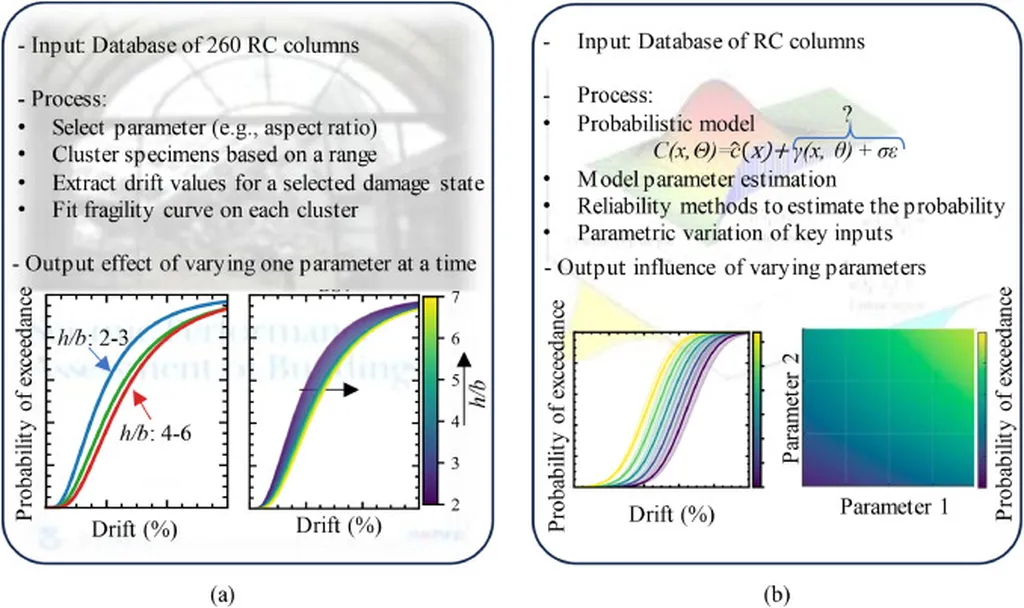In the realm of seismic design, a groundbreaking study led by M. Soliman of the Construction and Building Department at the Arab Academy for Science, Technology, and Maritime Transport’s Aswan Branch is challenging conventional wisdom and raising critical questions about the safety of vertically irregular reinforced concrete (RC) frames. Published in the *Journal of Engineering Sciences* (JES), the research underscores the limitations of traditional seismic analysis methods and advocates for a more nuanced approach to assessing the seismic performance of buildings.
The study zeroes in on the discrepancies between conventional Static Pushover Analysis (CSPA) and Displacement-Based Adaptive Pushover Analysis (DAP) when applied to vertically irregular RC frames. These irregularities, often seen in modern architectural designs, can significantly amplify higher-mode effects, leading to an underestimation of seismic vulnerability. “Geometric irregularities near the base of a structure can create a substantial gap between the reduction factors calculated by DAP and CSPA,” Soliman explains. “This discrepancy suggests that current code provisions may be overestimating the seismic capacity and ductility of such structures, potentially masking their true vulnerability.”
The implications for the construction and energy sectors are profound. Vertically irregular structures are not uncommon in urban landscapes, particularly in areas where architectural innovation meets seismic risk. The findings suggest that relying solely on conventional methods could lead to unsafe designs, with potentially catastrophic consequences during earthquakes. “The adaptive analysis consistently yielded significantly lower and more conservative reduction factors, which frequently fell below the code’s minimum values,” Soliman notes. This indicates that current design practices may not be adequately addressing the risks associated with vertically irregular frames.
The study’s findings could reshape future developments in seismic design, prompting a shift towards more sophisticated analysis methods. As the energy sector increasingly invests in urban infrastructure, the need for accurate and reliable seismic assessments becomes paramount. “For vertically irregular frames, particularly those with significant discontinuities in lower stories, adaptive pushover analysis is a necessity for achieving a safe and realistic seismic performance assessment,” Soliman asserts.
The research published in JES (Journal of Engineering Sciences) serves as a wake-up call for the industry, highlighting the critical role of advanced analysis techniques in ensuring the safety and resilience of modern structures. As the construction and energy sectors continue to evolve, the adoption of these methods could become a standard practice, ensuring that buildings are not only innovative but also safe and resilient in the face of seismic events.

